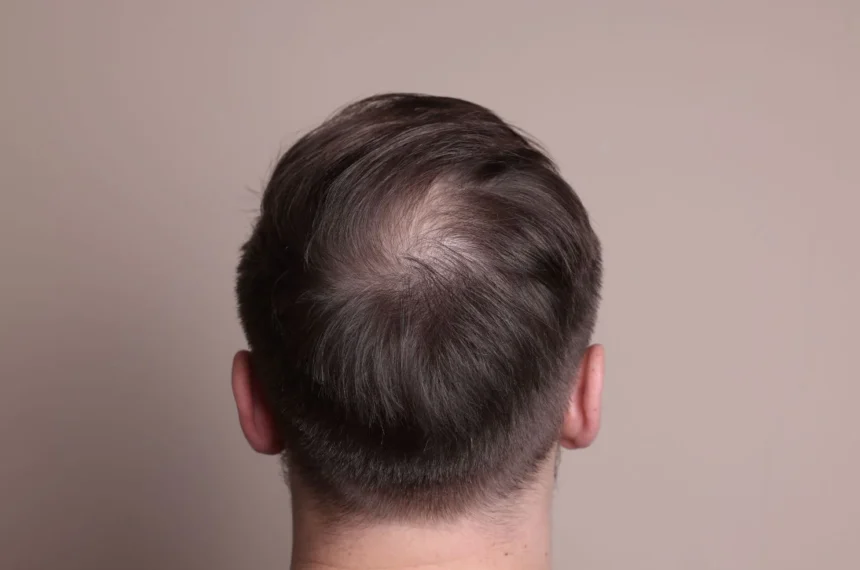Hair loss is a challenging experience for many individuals, particularly as it starts to occur in their 30s. It’s defined as a progressive reduction of hair density or coverage, often resulting from a mix of genetic, hormonal, and lifestyle causes. Advancements in early detection and treatment options provide options for treatment. Here’s more information on hair loss and some of the effective treatment options available:
How Early Can You Get Treatments?
Starting treatment early has a significant impact on the outcomes for managing hair loss. Hair loss typically progresses over time. Addressing it in its early stages can help retain more of your existing hair follicles. Treatments can vary depending on the cause of the hair loss.
Causes
Early diagnosis allows professionals to assess the underlying issue, like hormonal imbalances or genetic patterns like androgenic alopecia, and to design specific treatment strategies. You can begin treatments as soon as you notice changes in the density or health of your hair. This could include:
- Thinning at the Crown
- A Receding Hairline
- Excessive Shedding
Outcomes
Losing hair doesn’t always require immediate medical intervention. Consulting with a specialist earlier can help determine if treatment is necessary and beneficial for your condition. Treatments like medications and non-surgical therapies often show better outcomes when administered before hair thinning becomes severe. Early intervention can slow loss progression and encourage regrowth or improve the appearance of existing hair.
What Are the Treatment Options?
Medications are often the first line of treatment for hair loss, including topical solutions and oral medications. Medications like minoxidil, applied directly to the scalp, can improve circulation and promote hair growth in some individuals. Oral medications are designed to block hormones that contribute to hair loss. These treatments typically require consistent, long-term use and may take several months to produce noticeable improvements. Medications are most effective in slowing loss rather than completely reversing it.
Transplantation and Extraction Methods
Follicular unit transplantation (FUT) and follicular unit extraction (FUE) are surgical options for individuals looking to restore hair in areas of significant thinning or balding. Both procedures involve harvesting hair follicles from donor areas, typically at the back of the scalp, and transplanting them to areas with less hair density.
Some differences between these two options are:
- FUT involves removing a strip of scalp tissue to extract hair follicles, which are then grafted into the target area.
- FUE uses a minimally invasive approach, individually extracting hair follicles without removing a strip of scalp.
The choice between FUT and FUE depends on factors including the size of the balding area, the quality of the donor hair, and personal preferences.
ACell Therapy Method
ACell therapy is an innovative, non-surgical approach that uses regenerative medicine technologies to enhance the effectiveness of hair restoration. It involves injecting a specialized extracellular matrix directly into the scalp to stimulate the repair and growth of damaged hair follicles. Often combined with platelet-rich plasma (PRP) therapy, ACell treatment may improve hair thickness and support the survival of transplanted follicles in surgical procedures.
What Is a Treatment Session Like?
The experience of a treatment session varies based on the method chosen. For topical medications, daily application becomes part of a routine. Medications require ongoing discipline but are non-invasive.
Surgical treatments, like FUT or FUE, are typically outpatient procedures performed under local anesthesia. Patients can expect several hours for the session, depending on the area being treated, with a recovery period spanning several weeks before results begin to show. For ACell therapy or similar non-surgical interventions, treatment sessions generally involve scalp injections administered by a professional.
Learn More About Hair Loss Treatments
Whether you’re noticing the early signs of hair loss or are seeking advanced treatment options, there are solutions tailored to individual needs. Early diagnosis, proactive treatment, and exploring various methods can improve your hair health. Consult a qualified specialist today to discuss appropriate treatments for managing your hair and create an effective, personalized plan.





